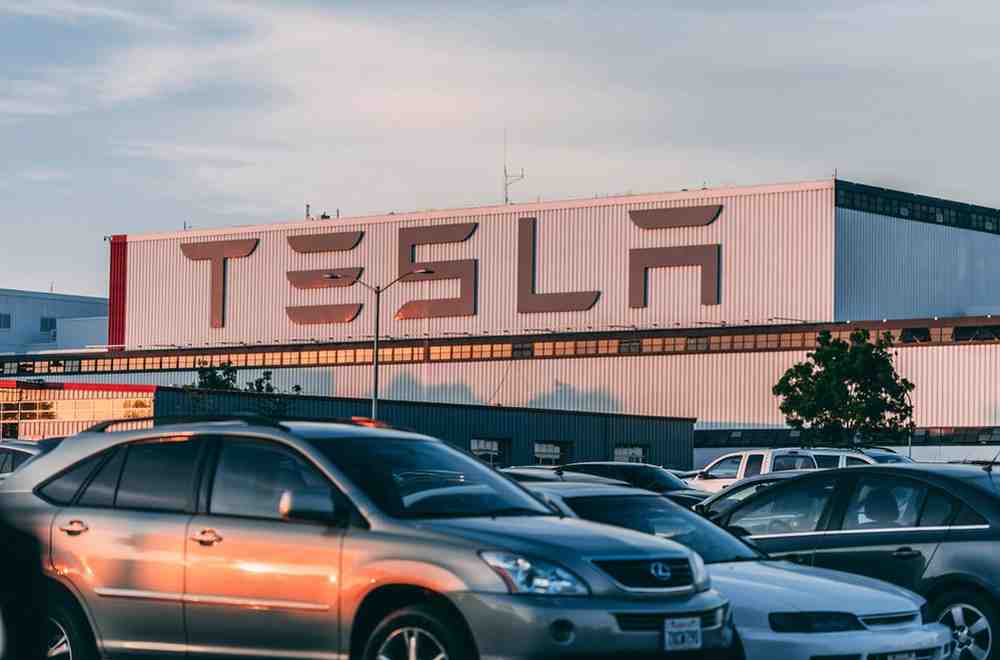Electric vehicles have changed how we think about driving. They’re fast, quiet, and clean. But when it comes to insurance, they play by slightly different rules. I’m Luke, and I’ve spent years helping drivers understand car insurance inside out. If you’re driving an EV or thinking about buying one, you’ll want to know how insurance works for these cars – because it’s not exactly the same as your regular gas model.
Let’s break down what matters most: what makes EV insurance different, what extra coverage you might need, how much it costs, and how to get the best value possible.

Why EV Insurance Deserves Its Own Conversation
Electric vehicles are powered by innovation, but they also bring new risks and costs for insurers to consider. The battery alone can represent 30-50% of an EV’s total value. That’s a massive part of the car’s worth wrapped in one component – and it directly affects insurance pricing.
Insurers don’t treat EVs like standard vehicles because repairing or replacing components requires specialized parts and technicians. A small fender bender might mean recalibrating sensors or replacing costly components. That’s why some EV drivers are surprised when premiums are a bit higher than expected.
But don’t worry – there are smart ways to keep costs reasonable while protecting your investment.
EV Insurance vs. Regular Car Insurance: The Real Differences
From the outside, car insurance seems simple: coverage is coverage, right? Not exactly.
Let’s compare how things change between EVs and traditional cars.
1. Repair and Parts Costs
EV parts, especially batteries, are pricier to repair or replace. If the battery is damaged, costs can skyrocket into thousands of dollars. And not every repair shop is trained to handle EV systems safely.
2. Specialized Labor
You can’t take an EV to just any mechanic. Insurers factor in the need for certified technicians who understand high-voltage systems.
3. Fewer Moving Parts, Lower Wear
On the bright side, EVs don’t have engines or transmissions to wear out. That often means fewer breakdowns and potentially fewer claims for mechanical issues.
4. Premium Differences
EV insurance can cost 10-25% more on average, depending on the model. However, drivers can offset that with discounts, incentives, and smart coverage choices.
If you’re curious about how cost factors play out for other vehicles, you can compare with guides like Cheapest Liability-Only Car Insurance or Car Insurance with No Down Payment.
What Extra Coverage EV Owners Should Consider
Here’s where things get specific. Owning an EV means thinking beyond standard liability or collision insurance. You’ll want to protect the systems that make your car unique.
Battery Coverage
The battery is your EV’s heart. Standard policies may not fully cover battery damage from wear, degradation, or electrical issues. Ask your insurer about expanded battery protection. Some manufacturers include it in the warranty, but it’s smart to double-check how your insurance treats it.
Charging Equipment Protection
If you’ve installed a home charging station, that’s an additional piece of equipment worth insuring. A power surge, fire, or vandalism incident could damage it – and standard homeowners insurance may not cover all costs. Many insurers now offer an EV charger add-on.
Roadside Assistance Tailored for EVs
Running out of charge isn’t like running out of gas. Traditional towing isn’t always ideal for EVs due to how they’re built. Look for roadside programs that specialize in EV towing or mobile charging.
Software and Cyber Protection
EVs are as much computers as they are cars. Some insurers are now offering protection against software malfunctions or even hacking attempts. It’s still a developing area, but it’s worth keeping an eye on.
If you’re unsure whether these add-ons are essential for your situation, it helps to know how different coverage types work in unique scenarios. For example, see what happens when Your Car Catches Fire or how coverage applies to Accidents on Private Property.
Discounts and Incentives for EV Drivers
One of the biggest advantages of owning an EV is access to incentives and discounts that traditional drivers don’t get.
Government Incentives
Depending on where you live, you might qualify for tax credits or rebates on EV ownership and charging installations. These can help balance higher insurance costs. Check the U.S. Department of Energy’s page on EV incentives for updated programs.
Insurer Discounts
Some insurance companies offer “green” or eco-friendly vehicle discounts. Others lower rates if your car includes advanced driver-assist technology, which many EVs do.
Telematics and Usage-Based Programs
If your EV tracks safe driving data, that information can sometimes be shared (with your consent) to earn safe-driver discounts.
Bundling and Multi-Policy Deals
Pairing your EV coverage with home, life, or renter’s insurance can also unlock multi-policy savings.
You can explore more discount strategies in my guide to Best Car Insurance for Young Drivers – many of those principles apply to EV owners too.
How to Lower Your EV Insurance Premium
If your quote comes back higher than you expected, don’t panic. Here’s how to bring it down without cutting essential protection:
- Compare insurers experienced with EVs. Not all providers rate EVs the same way. Specialized insurers often have fairer pricing models.
- Take advantage of tech. Use built-in safety systems and keep your software updated – it can actually reduce accident risk and claims.
- Bundle smartly. Combine your EV policy with another product from the same insurer.
- Keep your driving clean. No claims, no tickets, no problems – safe drivers always get the best deals.
- Reassess annually. As EV repair networks expand, premiums are likely to drop. Review your policy each renewal.
If you’re unsure about coverage flexibility, check my breakdown on One-Week Car Insurance – short-term coverage can sometimes bridge gaps when switching vehicles or insurers.
The Future of EV Insurance
As more people switch to electric, insurers are evolving fast. Expect to see new models like “battery-as-a-service” plans, pay-per-mile insurance for EVs, and data-driven premium adjustments based on how efficiently you drive.
In the next few years, EV insurance could become more affordable as repair infrastructure grows and data from millions of EVs helps insurers better predict costs. The trend is clear: specialized coverage now will become standard soon.
You can already see this shift happening across various insurance types – from Used Car Dealership Insurance Costs to newer mobility-based policies.
Final Thoughts: Protecting the Car of the Future
Owning an electric vehicle isn’t just about driving green – it’s about driving smart. Your EV is built differently, so your insurance should reflect that.
Don’t settle for a one-size-fits-all policy. Look for coverage that protects your battery, charging setup, and unique repair needs. Take advantage of every discount and incentive available, and don’t be afraid to shop around.
As an insurance expert, I’ll always tell you this: the best coverage isn’t the cheapest – it’s the one that actually helps when you need it most.
For further insight into vehicle insurance comparisons, visit Bike vs. Car Insurance. And for updates on how evolving vehicle technology affects insurance worldwide, the International Energy Agency’s EV Outlook is worth a read.




[…] If you’ve ever wondered how some people get incredibly cheap car insurance even with newer cars, it often ties back to this kind of data-driven precision. You can read more about how new vehicle technology impacts coverage in my guide on insurance for electric vehicles. […]